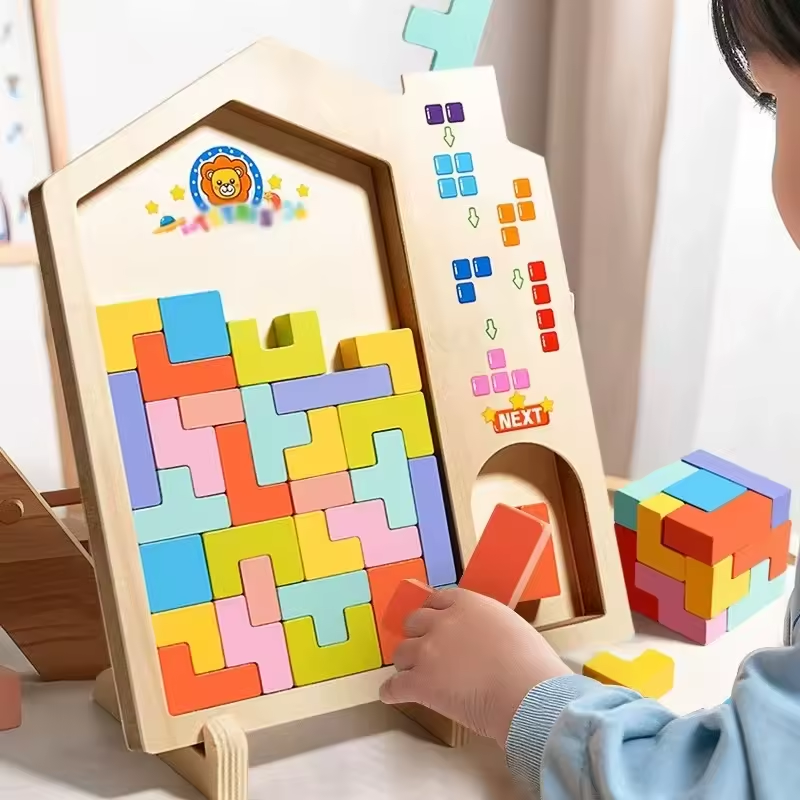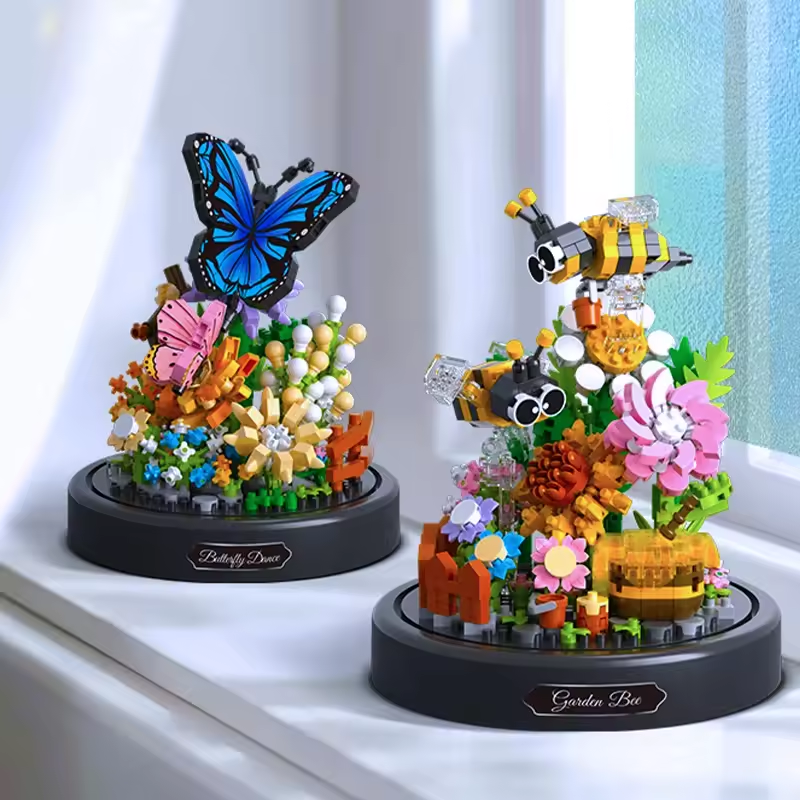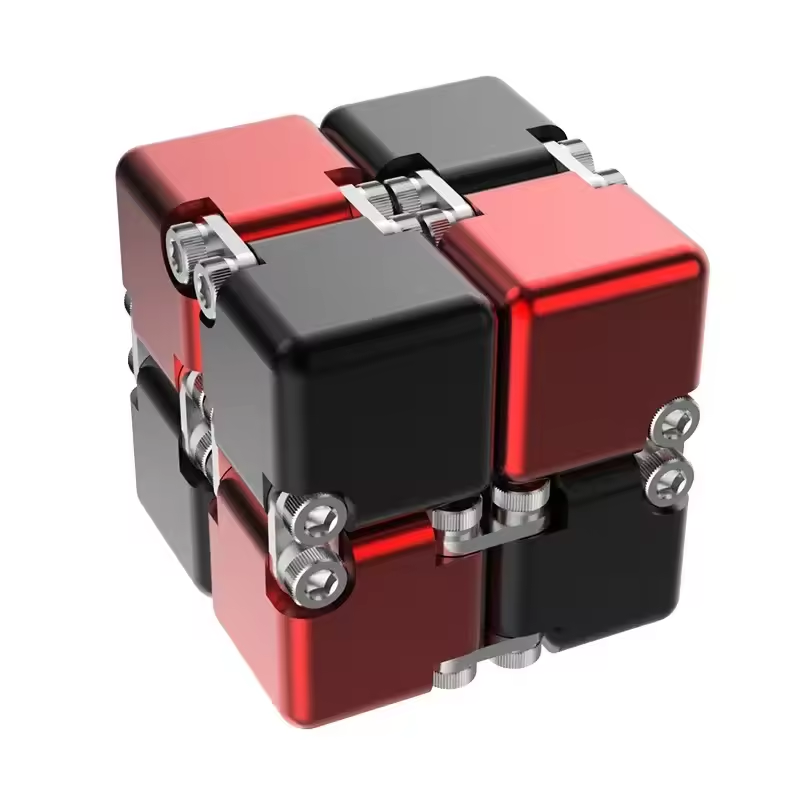Gameplay Mechanics Explained
Objective and Winning Conditions
In the forbidden island board game, players unite to achieve a common goal. The objective is to collect four unique treasures and escape before the island sinks beneath the waves. Victory is claimed when all players safely fly off the island using a helicopter lift card, treasures in tow. However, if the island sinks, Fool’s Landing is lost, or a player drowns, the team faces defeat.
Available Actions and Turn Structure
Each turn, players choose three actions from four possible options. Move to a new tile, shore up a threatened tile, pass a treasure card, or claim a treasure. These choices are critical, strategize wisely. After actions, draw Treasure cards, but watch out for dreaded ‘Waters Rise’ cards. The turn ends with Flood cards that may submerge tiles further.
Consequences of Flooding and Sinking Tiles
The island’s tiles are its lifeline. If a tile floods, it flips to its blue side, teetering on the edge of destruction. Flood it again, and it’s lost forever. This loss can be catastrophic, blocking your access to vital treasures or escape routes.
The Importance of Special Abilities and Teamwork
Each player wields unique powers. Some might dash across the board, others secure tiles against the floods. Leverage these abilities, combine skills, and plan as a team. Here, cooperation isn’t just helpful; it’s the only path to survival.
Difficulty Adjustment Features
The game adapts to you. Feeling brave? Increase the water’s rise to challenge your team. New to the game? Start on a gentler setting. This lets you tailor the experience to your group’s readiness, ensuring fun and tension in equal measure.

Co-operative Play and Family Inclusion
Cooperative games like the Forbidden Island board game bring people together. Families and friends team up to face challenges and achieve shared wins or losses. This gameplay style emphasizes teamwork and highlights the game’s potential as a tool for family bonding. It’s especially ideal for including younger players in strategy-based fun.
Encouraging Younger Player Participation
To get kids involved in Forbidden Island, it’s important to foster an inclusive environment. Start by explaining the rules with simple terms. Give them a role and encourage them to suggest moves. Younger players can learn decision-making while having fun with the whole family. Praise their efforts to boost confidence.
Strategies for Avoiding the ‘Alpha Player’ Syndrome
To keep one player from dominating, encourage group discussion. Let everyone, especially kids, share their ideas. Remind everyone that it’s a team effort. Rotate the leadership role if needed. This way, all players feel valued and enjoy the game equally.
Balance Between Easy and Challenging Decisions
Forbidden Island gives players choices. Some are straightforward; others demand tough calls. This mix helps keep the game interesting. It teaches kids to weigh options and deal with consequences. Players need to think, plan, and sometimes take risks to win the game.
Game Aesthetics and Components
Artwork and Design Analysis
The Forbidden Island board game boasts vibrant artwork. C.B. Canga’s illustrations create an immersive world. Players explore lush landscapes on the tiles and encounter stunning renditions of the treasures. The graphics enhance the overall experience, drawing players into the adventure.
The Practicality of Game Pieces
Game components are designed with both form and function in mind. While the wooden player pawns are simple, they are durable for regular use. Treasure tokens stand out with their intricate designs, adding to the game’s appeal. The functional nature of these pieces ensures smooth gameplay, vital for family sessions.
Packaging: Tin vs. Cardboard Box
Forbidden Island’s unconventional tin packaging sparks debate. It’s sturdy and protects the contents well, but it’s harder to stack. Some may prefer the traditional cardboard box for easier storage on game shelves. Nevertheless, the tin adds a unique touch to the game’s presentation.

Review from Younger Players
The forbidden island board game is not just for adults. Let’s see what younger gamers think.
Kid-Friendly Aspects
Young players find joy in the disappearing tiles of Forbidden Island. Saving tiles from vanishing is thrilling. The artwork catches their eye, pulling them into the game’s world. Each player’s unique abilities keep kids engaged, as they enjoy contributing to the team’s success.
Max, a young player, expresses excitement at the dynamic tile mechanism of the game. George, another kid, appreciates the cooperative nature, ranking it high among his favorite games. George is also drawn to the intriguing names of the island’s locations. Harrison, comments on the artwork and diversity of abilities, showing an overall enthusiasm for the game.
Cooperative Aspect Appeal to Children
Children enjoy the teamwork aspect of Forbidden Island. They learn to make joint decisions and feel part of the group. The cooperative play encourages communication and strategy among kids. This is a crucial skill-building opportunity hidden within the fun of the game.
Forbidden Island illustrates the appeal of a shared goal for young players. They enjoy not just playing but working together towards victory. This game fosters a sense of unity and accomplishment among children, making it a perfect family activity.
By including young players and highlighting their feedback, Forbidden Island proves its worth as a kid-friendly and cooperative board game. It’s an excellent way for families to connect and have fun together while encouraging children to take part in group strategy and decision-making.
Replay Value and Progression to Other Games
Modular Board and Replayability
The forbidden island board game has high replay value due to its modular board design. Every game setup is unique, which keeps the adventure fresh every time you play. Players never know which part of the island will sink first, creating new challenges. The different special abilities of the characters add to this variety, ensuring no two games are the same.

Transitioning from Forbidden Island to Other Co-operative Games
Forbidden Island serves as a great introduction to co-operative games. After mastering it, families can explore more complex games like Pandemic, designed by the same creator, Matt Leacock. These games offer a step up in difficulty and are rich in strategy. Playing Forbidden Island helps build a base understanding of co-operative play that makes this transition smoother. Introducing new games keeps family game nights exciting and full of learning opportunities.
Reflections on Game Balance and Play Experience
The Forbidden Island board game is a balanced play. Wins feel close, losses can sting. This balance keeps each game thrilling and engaging.
Emotional Impact of Winning and Losing
Forbidden Island is a cooperative board game that fosters a sense of camaraderie and shared triumph among players when they emerge victorious. The collaborative nature of the game encourages teamwork and bonding as individuals work together to achieve the common goal of escaping the sinking island. This shared sense of achievement not only brings joy but also strengthens the relationships among the players, making it a highly engaging and social experience.
Conversely, enduring a collective defeat in Forbidden Island can be challenging, but it often serves as a catalyst for an instant rematch, driven by a mutual determination to overcome the obstacles. The game prompts players to navigate the complex emotions associated with losing as a group, fostering resilience and a positive attitude towards setbacks. It teaches valuable lessons in perseverance, resilience, and the importance of unity in the face of adversity, imparting meaningful life skills that extend beyond the realm of gaming.
Cooperative Games as a Tool for Family Bonding
Forbidden Island, like other cooperative games, brings families closer. It encourages communication, teamwork, and joint problem-solving. The game helps build strong bonds as a family faces challenges together.




